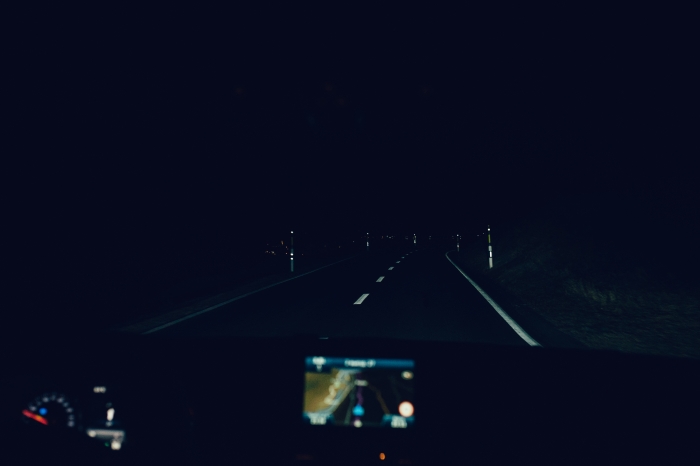Friday 3 February 2017, Poradnik bezpieczeństwa
Pedestrian and Cyclists Safety Reflectors
Lost24
The autumn-winter period is particularly dangerous to pedestrians and cyclists. Difficult weather conditions or early dusk cause the above mentioned groups to be often invisible for other road users.
Pedestrians and cyclists constitute the group that has the highest danger of participation in road accidents which is confirmed by police statistics. Therefore, increasing the visibility on the road outside the built-up area is so important. We are talking about reflectors here.
Interesting research was conducted at two universities in Australia and the USA. It was checked how drivers see pedestrians at night depending on the age of the driver or also a type of pedestrian's outfit. The pedestrian dressed in dark clothes who goes along the roadside, is noticeable for the young driver from the distance of 40 metres, in case of more senior drivers from 0.0 meters! What's interesting in case of white clothes, the pedestrian is visible from 50 meter distance. However, nothing can replace reflectors. Pedestrian equipped with biomotion reflectors is noticed by the driver from the distance of about 220 meters, in case of the fluorescent element such as a band, the pedestrian is visible from the distance of 150 metres.
The metropolitan police commenced the action - REFLECT YOURSELF, be a bright example.
Police emphasize that correctly worn reflectors should be worn in a way that they are in a scope of activity of car lightings. As a part of the campaign "REFLECT YOURSELF" a video spot was created which aims at drawing the attention of people in every age to the issues associated with the road safety.
https://www.youtube.com/watch?v=varIXOgRqJU
We should also know, that the lack of the fluorescent element outside the built-up area can result in a fine up to PLN 100.
source: Pedestrian Visibility at Night: Effects of Pedestrian Clothing, the Age Driver, and Headlamp Beam Setting; Wood1 Joanne M., Richard A. Tyrrell, Trent P. Carberry; Centre for Eye Research, Queensland University of Technology, Australia; Department of Psychology, Clemson University, the USA; 2002


There are no comments